1. The Rise of MTV: A New Era for Music Videos
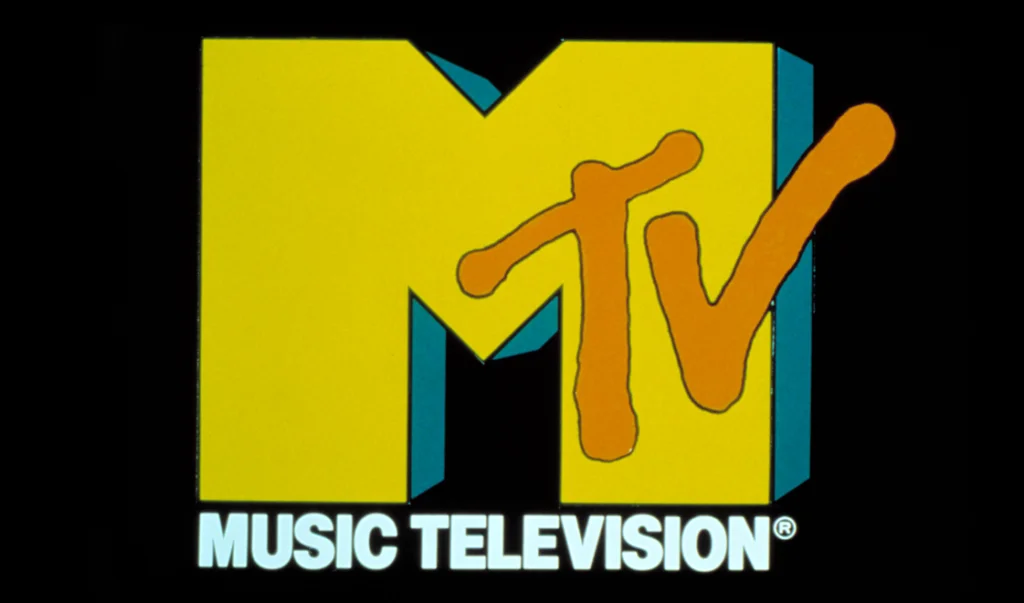
In 1981, MTV changed the way we experienced music. The channel revolutionized the music industry by playing music videos 24/7, which gave artists a new way to connect with their audience. The music video became an essential part of an artist’s identity, with bands like Duran Duran and Michael Jackson pushing boundaries with their visual storytelling. The success of MTV made the music video a cultural phenomenon, and it opened doors for many artists to reach global fame.
Today, MTV may not dominate the airwaves the way it once did, but its influence can still be seen in how artists use platforms like YouTube and TikTok. Music videos continue to be a critical part of marketing music, and the storytelling aspect introduced by MTV has become ingrained in modern media. It’s not just about the song anymore; it’s about the image and the vibe that comes with it.
2. The Cosby Show Redefines Family TV

When The Cosby Show debuted in 1984, it changed how television portrayed Black families. The Huxtables were a high-achieving, loving family that broke stereotypes, showing a side of Black life that was rarely seen on TV. The show’s success marked a cultural turning point, proving that a primetime sitcom could both entertain and educate. The Cosby Show became the gold standard for family sitcoms, and its impact was felt across all networks.
The series paved the way for other Black-led sitcoms that followed in the ’90s, like The Fresh Prince of Bel-Air. It also influenced how family dynamics are portrayed in media today, especially in shows that prioritize humor and heart. Even with its controversial legacy, the show’s influence on both television and culture remains undeniable.
3. E.T. the Extra-Terrestrial and the Birth of Blockbuster Film
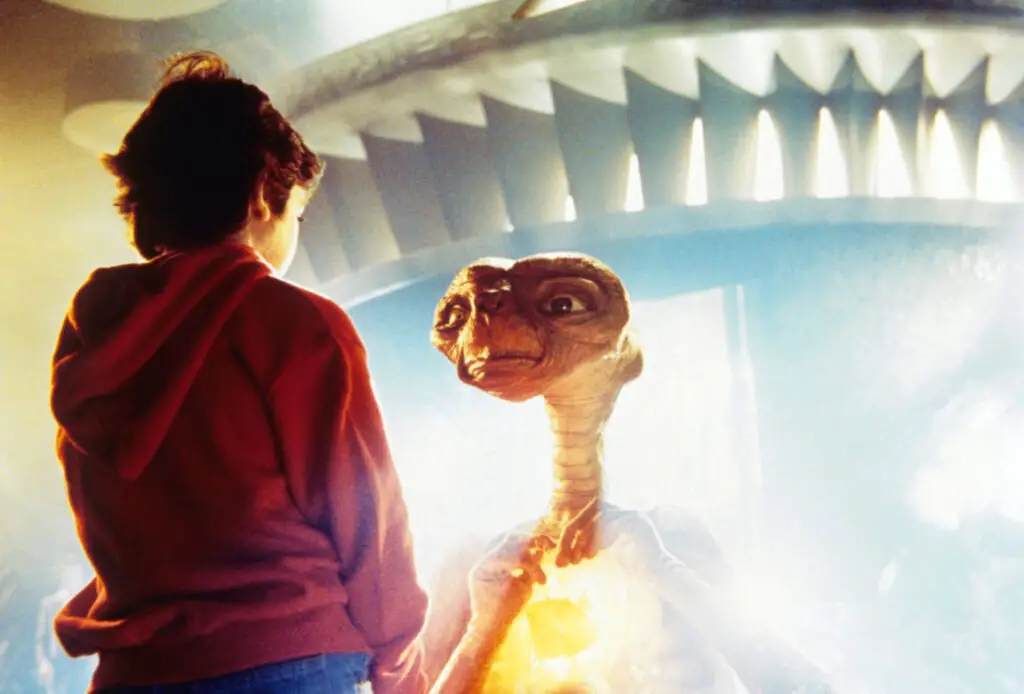
Steven Spielberg’s E.T. the Extra-Terrestrial was more than just a movie; it became a cultural phenomenon when it hit theaters in 1982. The heartwarming story of a young boy and his alien friend captivated audiences, and the film’s commercial success set a new bar for blockbuster movies. With its magical blend of science fiction, family drama, and humor, E.T. captured the imagination of a generation.
The success of E.T. helped cement Spielberg’s reputation as the king of blockbuster films. It also set the stage for future family-friendly blockbusters, proving that movies could be both spectacular and emotionally resonant. E.T. showed that the box office could be as much about heart as it was about spectacle, a trend that persists in modern filmmaking.
4. The Breakfast Club and the Iconic Teen Movie
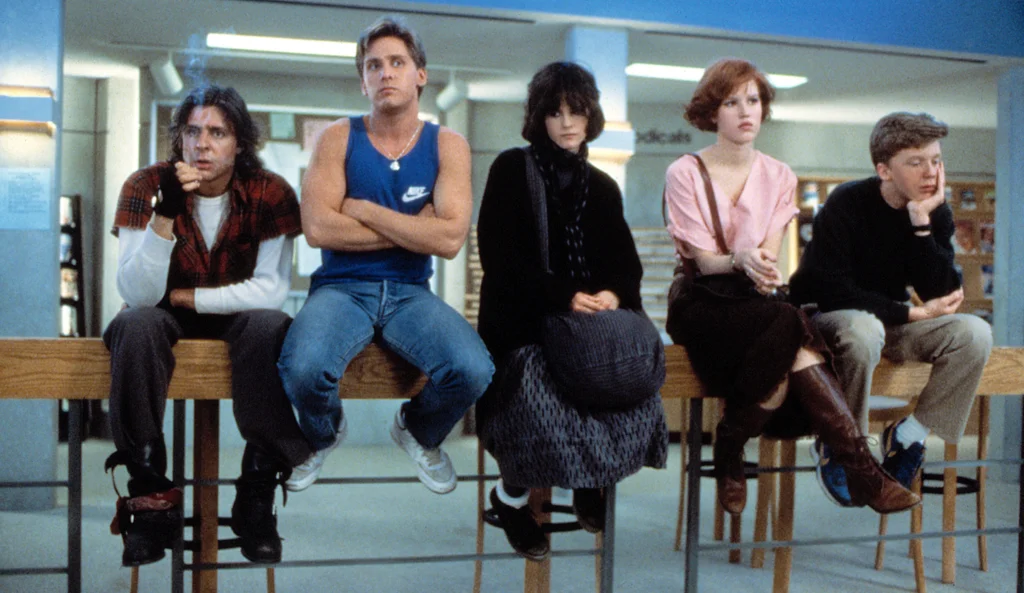
Released in 1985, The Breakfast Club captured the essence of teenage rebellion, cliques, and high school angst. Directed by John Hughes, the film brought together five high school students from different social backgrounds who bond during a Saturday detention. The movie became the blueprint for teen dramas, using humor and raw emotion to deal with serious issues like identity, peer pressure, and family problems.
Today, The Breakfast Club continues to resonate with teenagers and adults alike. It not only defined the teen movie genre but also set the tone for films that would follow, such as Clueless and Mean Girls. The themes of friendship, rebellion, and self-discovery are still relevant, making The Breakfast Club an enduring part of pop culture.
5. The Launch of The Simpsons
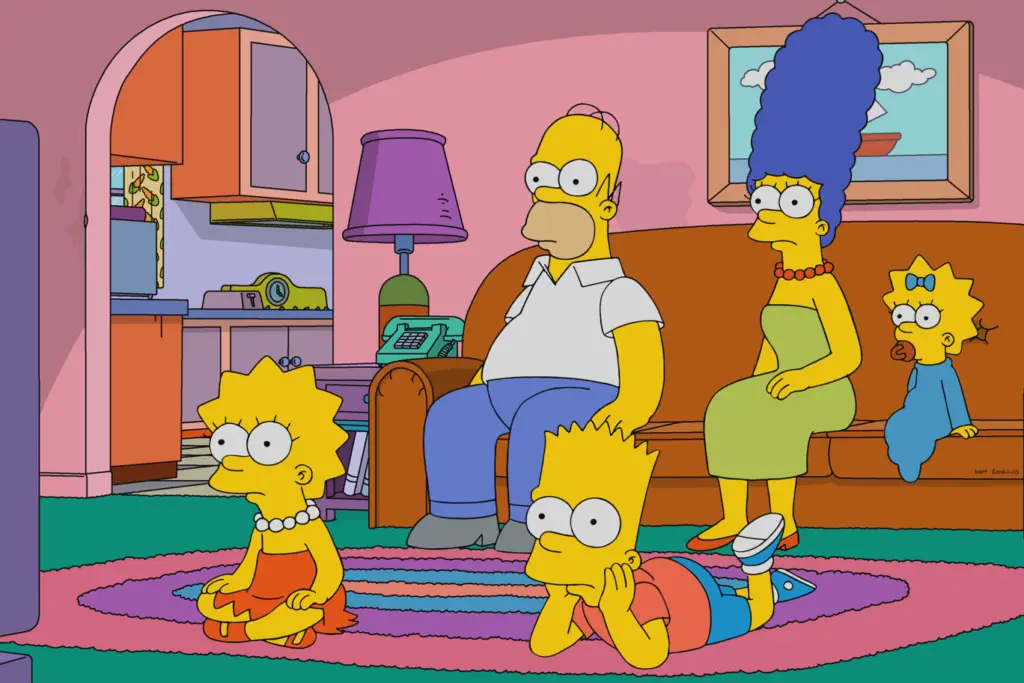
In 1989, The Simpsons became the first prime-time animated series for adults, and it has since evolved into a pop culture juggernaut. Created by Matt Groening, the series offered sharp social commentary, irreverent humor, and unforgettable characters like Homer, Marge, Bart, Lisa, and Maggie. It reflected the absurdities of American life, all while becoming a household staple.
The Simpsons helped pave the way for adult animation, influencing shows like Family Guy and South Park. Its satirical take on family dynamics, politics, and pop culture remains groundbreaking, and the show’s influence can be seen across TV, film, and even social media. It’s a lasting reminder of how animation can challenge norms and be both entertaining and thought-provoking.
6. The Introduction of Personal Computers
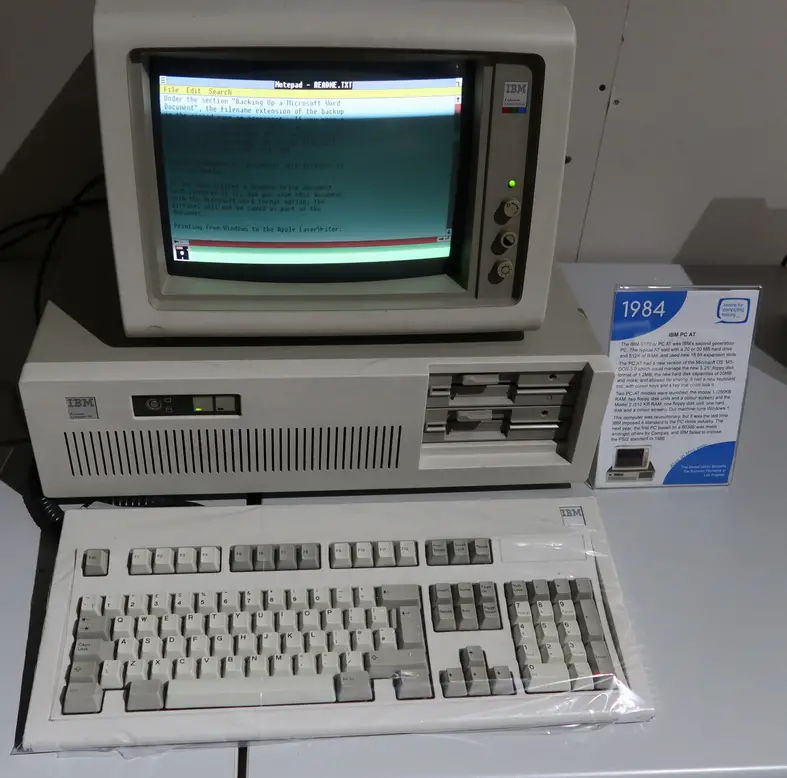
The 1980s saw the birth of the personal computer revolution, with brands like Apple and IBM making technology accessible to households around the world. Steve Jobs, with his vision for the Macintosh, changed the way we interacted with computers. No longer confined to offices and labs, personal computers were soon an essential part of daily life, from home offices to schools.
The widespread adoption of personal computers sparked the rise of the internet, online gaming, and social media. The digital landscape we navigate today owes much to the innovations of the 1980s, as this period laid the groundwork for the technology-driven society we live in now. The personal computer shifted how we work, learn, and connect with each other, and its impact continues to grow.
7. Star Wars: The Empire Strikes Back and the Expansion of Pop Culture

In 1980, The Empire Strikes Back hit theaters, forever changing how sequels were viewed in Hollywood. The film deepened the Star Wars mythology, introduced iconic characters like Yoda, and delivered one of the most famous twists in cinematic history—Darth Vader’s revelation to Luke Skywalker. This movie proved that sequels could be just as significant, if not more so, than the original.
The success of The Empire Strikes Back solidified Star Wars as not just a movie franchise, but a pop culture phenomenon. It expanded the way audiences interacted with films, sparking an obsession with merchandising, spin-offs, and fan culture. The Star Wars universe became a template for modern franchises, from Marvel to Harry Potter, and continues to influence storytelling in film and TV today.
8. The End of the “Golden Age” of Saturday Morning Cartoons
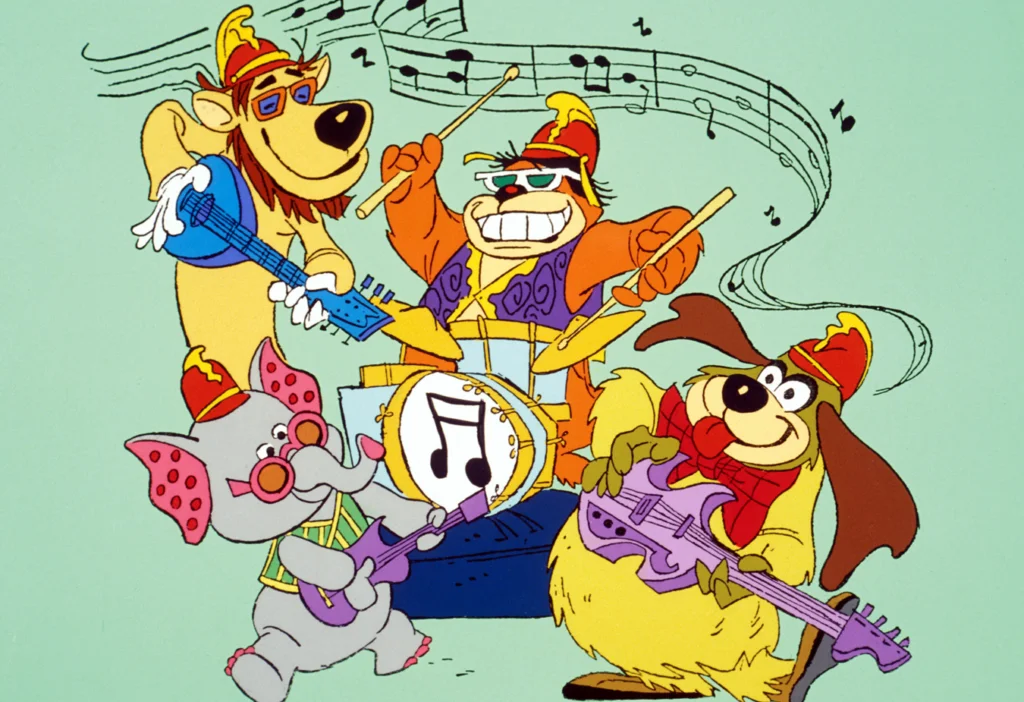
In the 1980s, Saturday morning cartoons were a beloved ritual for kids everywhere. Shows like He-Man and the Masters of the Universe, Thundercats, and GI Joe defined the decade, blending action, adventure, and commercial tie-ins in a way that hadn’t been done before. These cartoons were not just entertainment; they were part of a marketing strategy that made toys, comics, and video games a crucial part of the experience.
While the 1990s brought a shift in the cartoon landscape, the ’80s marked the peak of this era. These shows created a blueprint for how animated series could generate massive fanbases, merchandising deals, and cross-media expansions. The 1980s’ Saturday morning lineup might be gone, but its influence on how media franchises operate today is still evident.
9. The Explosion of Superhero Movies
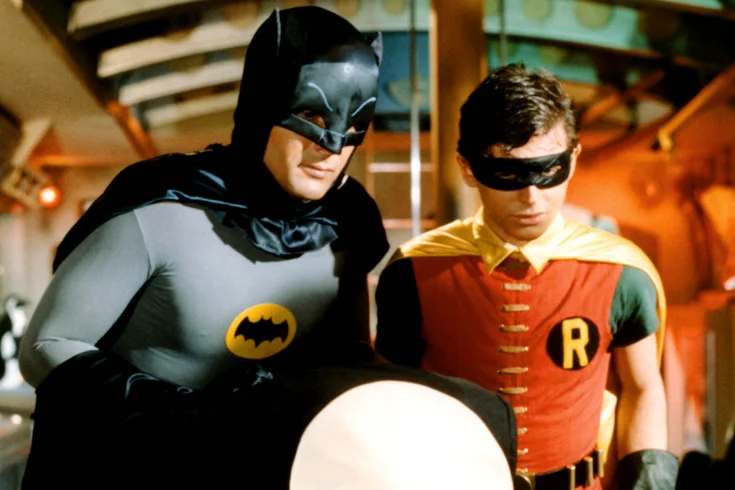
Although superhero movies existed before the ’80s, the decade saw the genre explode in mainstream popularity. Tim Burton’s Batman (1989) broke box office records and redefined how superheroes were portrayed on the big screen. The darker, more serious tone of the film set the stage for modern superhero movies, and it helped establish comic books as a legitimate genre in Hollywood.
Superhero films would continue to evolve in the ’90s and 2000s, eventually leading to the global phenomenon of the Marvel Cinematic Universe. Today, superhero movies dominate the box office and shape much of the pop culture conversation. Burton’s Batman was the spark that set the entire genre ablaze, and its influence is still felt in every superhero flick that follows.
10. The Arrival of the Walkman
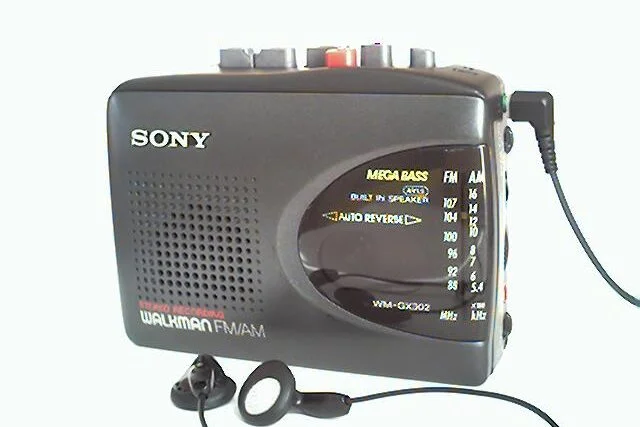
In 1980, Sony released the Walkman, forever changing how we listened to music. With its portable design, the device allowed people to enjoy their favorite albums on the go, freeing music from the confines of a home stereo. The Walkman was a cultural sensation, allowing people to take their music everywhere—from the subway to the beach.
The impact of the Walkman is still felt today in the world of personal audio devices. The rise of digital music players, and later smartphones, all trace their roots back to this ’80s invention. It marked the beginning of the personalized music experience, leading to today’s streaming services and wireless earbuds.
11. The Rise of Video Game Consoles
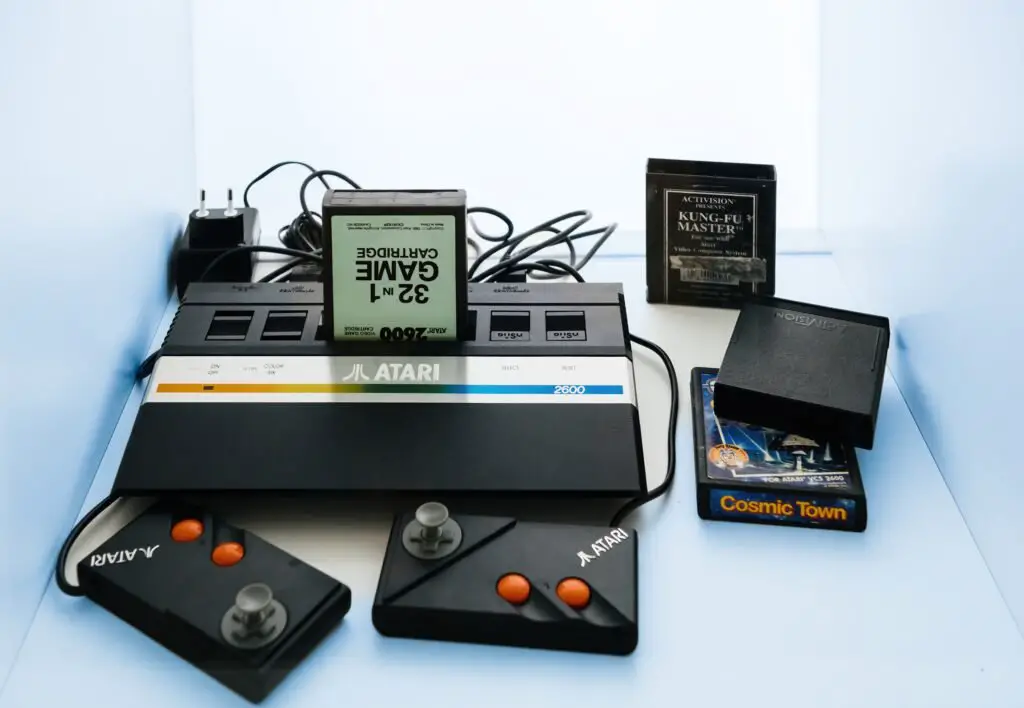
The 1980s saw video games transform from a niche hobby into a mainstream form of entertainment. With the release of the Nintendo Entertainment System (NES) in 1985, gaming entered a new golden age. Titles like Super Mario Bros., The Legend of Zelda, and Metroid not only became iconic but also established video games as a dominant cultural force.
The gaming industry grew exponentially during the ’80s, setting the stage for the billion-dollar industry it is today. Video game consoles are now a staple in homes worldwide, and the digital gaming landscape has expanded far beyond simple entertainment to include esports, streaming, and virtual reality. The ’80s laid the foundation for everything that gaming represents today.
12. The Explosion of Fitness Culture
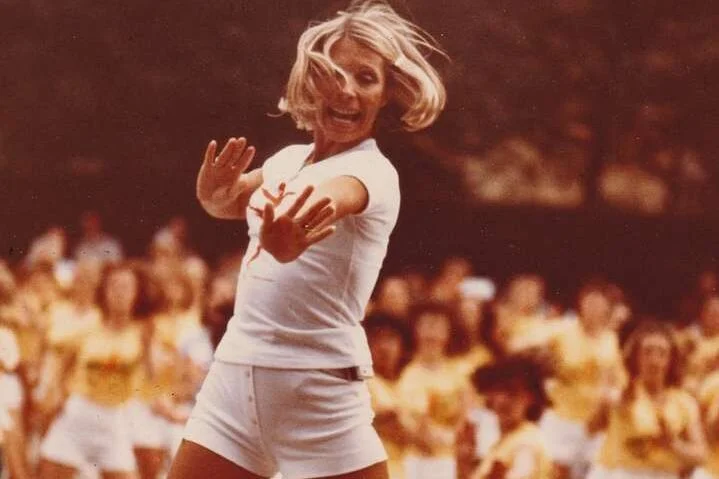
The 1980s saw fitness culture skyrocket, thanks in part to celebrities like Jane Fonda and Richard Simmons who popularized exercise videos. With vibrant workout gear, aerobics classes, and a focus on health, fitness became a major cultural phenomenon. The fitness craze not only influenced fashion but also sparked a wellness revolution that continues to evolve today.
The 1980s marked the beginning of the wellness culture we know now, with yoga, spinning, and Pilates becoming mainstream in the decades that followed. The obsession with health, body image, and self-care that emerged in the ’80s paved the way for the fitness and wellness trends that dominate media today, from influencer-led workouts to the explosion of health apps and wearables.


